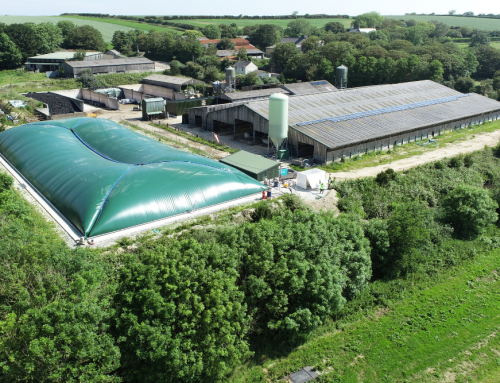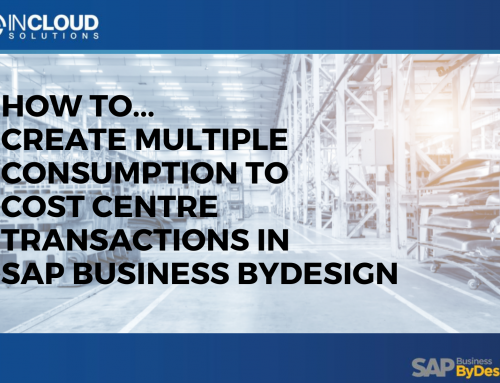Making Tax Digital, as the name suggests, is all about bringing tax into the digital age. Ultimately HMRC will require all tax calculations to be made online, with no paper filing at all and this will happen quarterly. So, if your expenses and invoices are still based on paper or Excel spreadsheets, the time has come to make some changes.
Making Tax Digital is a challenge that will affect some businesses more than others but the bottom line is all British companies will have to comply.
But the good news is, there is still plenty of time to make the changes necessary.
If you already have accounting software or ERP you will need to check with your provider about what arrangements they have made with HMRC.
Our software, Business ByDesign, is backed by SAP – who are fully committed to supporting you through the change. Read on to find out more about what you can do to help you get the most from your software.
Here is what you need to know…
When does it begin?
Making Tax Digital is being rolled out by HMRC starting in April 2019
Who will it effect?
To begin with it will only apply to VAT, so that means all businesses with a turnover over £85k
What will I have to do?
You will have to submit your VAT returns through the HMRC gateway using commercial accounting software. Which involves;
- Keeping records digitally
- Providing VAT returns information to HMRC through Making Tax Digital functional compatible software
Why is this happening?
HMRC loses upwards of £9bn each year on taxation errors, and they believe that’s partly due to the way businesses declare their income. Digital record keeping and automated VAT submissions should reduce error and hopefully make things easier for everyone.
What does this mean for people using paper and spreadsheets?
All data and evidence in relation to company spend – receipts, invoices and such – need to be captured digitally and submitted to HMRC using compatible software.
While the full Making Tax Digital roll-out to quarterly returns won’t happen until 2020, HMRC will require all VAT to be paid via the new system starting from April next year. This means relevant business transactions will have to be recorded digitally requiring many businesses to buy new software and train their staff in how to use it.
Cloud based software can be used to improve financial reporting both in house and to the government which will save time in the long run, more than compensating for the extra effort of reporting quarterly.
You could select a very basic finance package which will do the job just fine, or you could use this opportunity to consider your growth plans and step up to more sophisticated digital software in the cloud. We recommend SAP Business ByDesign.
What happens if I am already an SAP Business ByDesign user?
Rest assured, SAP is fully supporting the change and work is well underway to enable direct connections between HMRC portals and your own business software.
Developers will fully test the Making Tax Digital system with HMRC before releasing it to customers.
When do the quarterly tax returns begin?
The quarterly tax returns won’t be required until April 2020. If you are a SME business you will have need to incorporate Making Tax Digital into your digital strategy.
Find more information about Making Tax Digital on the government website here
If you would like to know more about digitising your finance function then please get in touch – we would be delighted to talk you through your options.










Leave A Comment